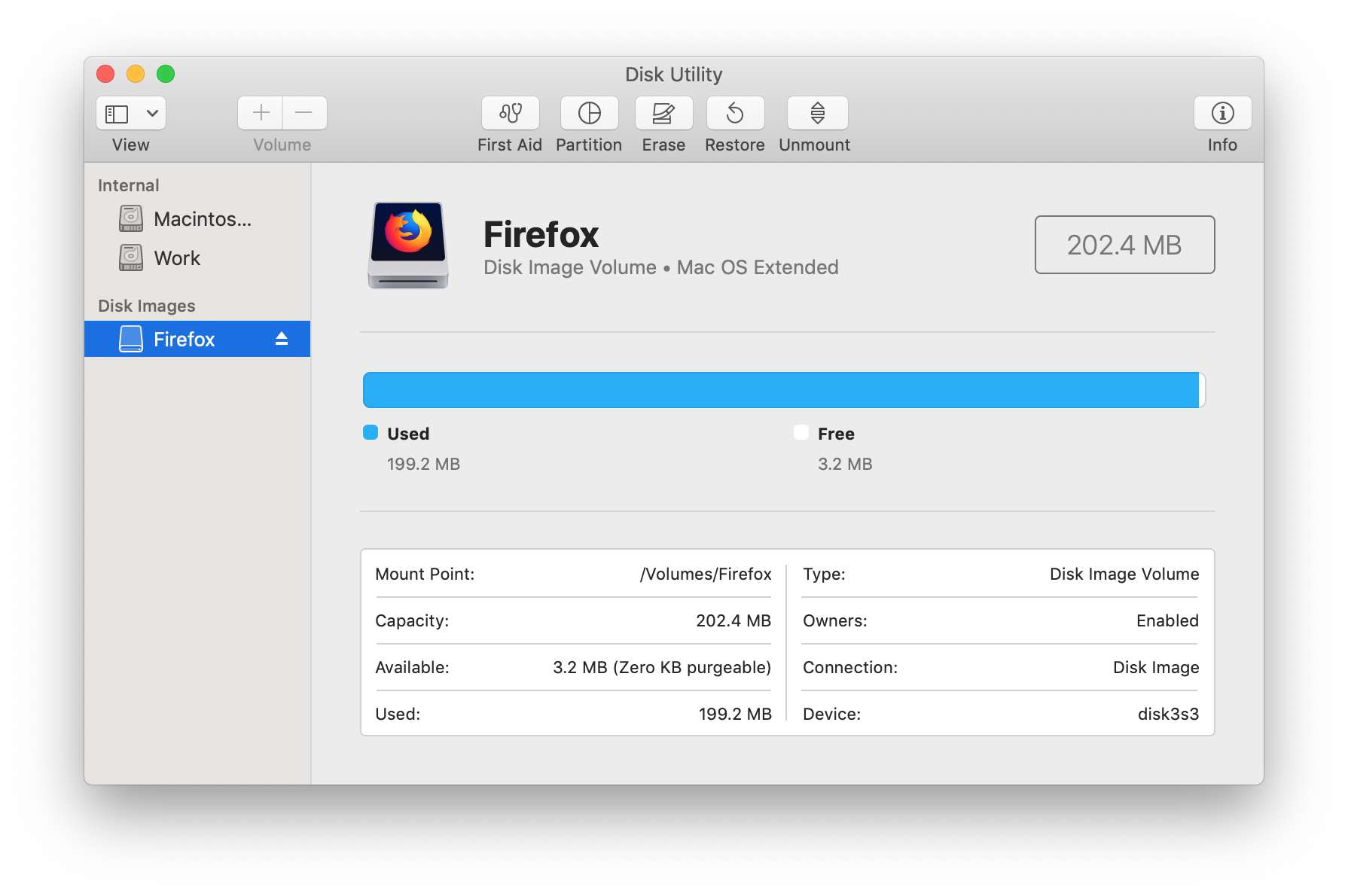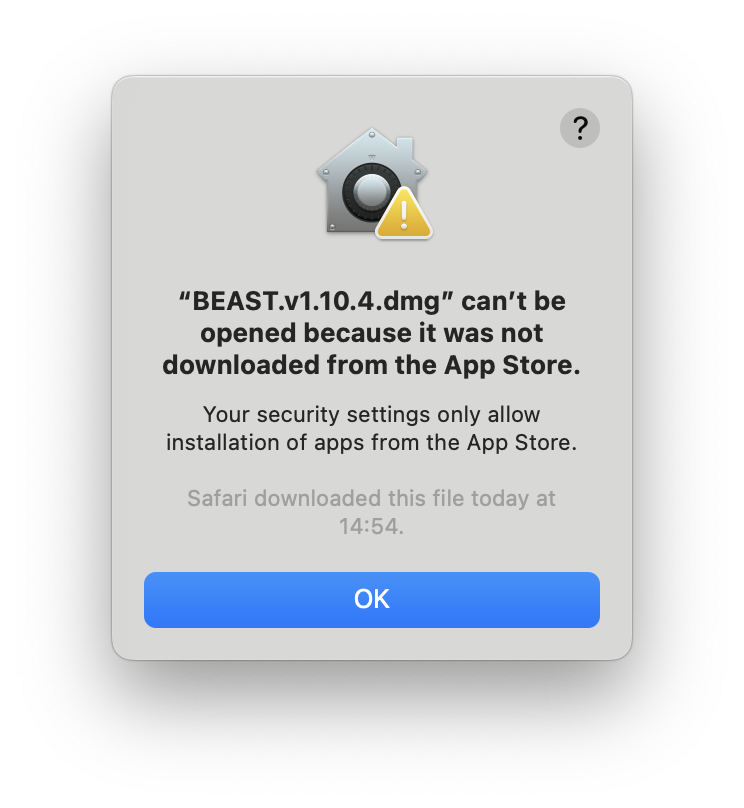- Macos See Which Dmg Was Last Opened Today
- Macos See Which Dmg Was Last Opened Now
- Macos See Which Dmg Was Last Opened Lyrics
- Macos See Which Dmg Was Last Opened Time
- Macos See Which Dmg Was Last Opened Time
- Macos See Which Dmg Was Last Opened In 2017
Feb 26, 2020 The processes shown in Activity Monitor can be user apps, system apps used by macOS, or invisible background processes. Use the five category tabs at the top of the Activity Monitor window to see how processes are affecting your Mac in each category. Nov 08, 2019 Drag the dmg file from your Finder window onto the Terminal window and let go. This will fill in the location of the dmg file into your Terminal window. MacOS Sierra (10.12) and earlier is not able to mount the new Apple File System (APFS).
Open DMG File on Mac OS
Since DMG is a native Mac OS disk image format opening DMG file is as easy as double clicking on it in Finder. When you open DMG file this way, disk image stored inside DMG file will be mounted, and then opened in a separate Finder window. If DMG contains installation of an application, then installation window of the app will open. If not, then you will see the disk image content. Even in case when disk image contains installation of the application you can still view contents of the mounted DMG file by clicking on its name in Finder Locations section or by selecting Go->Go to Folder… in Finder menu, typing /Volumes/ and clicking Go button.
Mount and unmount using Hdiutil
To mount a disk image using hdiutil you need to open terminal app and type following command there:

hdiutil mount example.dmg
To unmount type:
hdiutil unmount /Volumes/example
Where /Volumes/example is a path where disk image was mounted
Mount using DiskImageMounter.app
You can quickly mount DMG file by Control-Clicking on it and selecting Open With->DiskImageMounter.app. This will mount DMG file and its content will become available in Finder Locations and /Volumes folder.
Mount using Disk Utility
Macos See Which Dmg Was Last Opened Today
You can also mount DMG file using Disk Utility application available in Mac OS. Look for Disk Utility using Launcher and launch it. After that select File->Open Disk Image… in the main menu and choose DMG file you want to mount. After clicking Open you should see a screen like below where disk image details will be shown including used and free space, mount point, disk type and more.
You can also access disk image mounted by Disk Utility in Finder Locations or /Volumes folder.
Once application located in the DMG file is installed it is safe to delete it since DMG file is only needed during the installation process.
Macos See Which Dmg Was Last Opened Now
| Click here to return to the 'When a 'corrupt' disk image file really isn't corrupt' hint |

I'll definitely keep this information in mind...
btw, it's 'hdiutil', not 'hdutil' (obviously just a typo, otherwise there wouldn't have been any output from the 'attach' or 'imageinfo' subcommands).
Not the same problem but this may help a few users out there. Once in a blue moon I will download a file which should be an installer, it could be any kind of file however, and when I click on it it usually opens in script editor.
Often this files are named like 'Worlds Greatest program 1' Changing them to 'Worlds Greatest program 1.0' will usually make the program work. Sometimes just adding any dot and number will work. You will be asked if you want to add the extension, just say yes. I don't know why this happens but the fix is easy.
Macos See Which Dmg Was Last Opened Lyrics
Macos See Which Dmg Was Last Opened Time
Some preliminary observations:
Disk images created directly using hdiutil create -format UDBZ don't bunzip properly.
Those converted to UDBZ (originally created using 'Disk Utility' or hdiutil without specifying a format) seem to work after bunzip2, but only using Panther's bunzip2 - Tiger's bunzip2 doesn't unzip them properly.
Anyone have any ideas to account for the differences in the UDBZ images created by the two methods, and the different behaviours of bunzip2 under 10.3 and 10.4?
Macos See Which Dmg Was Last Opened Time

Macos See Which Dmg Was Last Opened In 2017
Developers: When you do make a UDBZ image, put 'Requires OS X 10.4 or later' immediately under your download link/button. Leave no doubt as to the minimum requirement of your app.